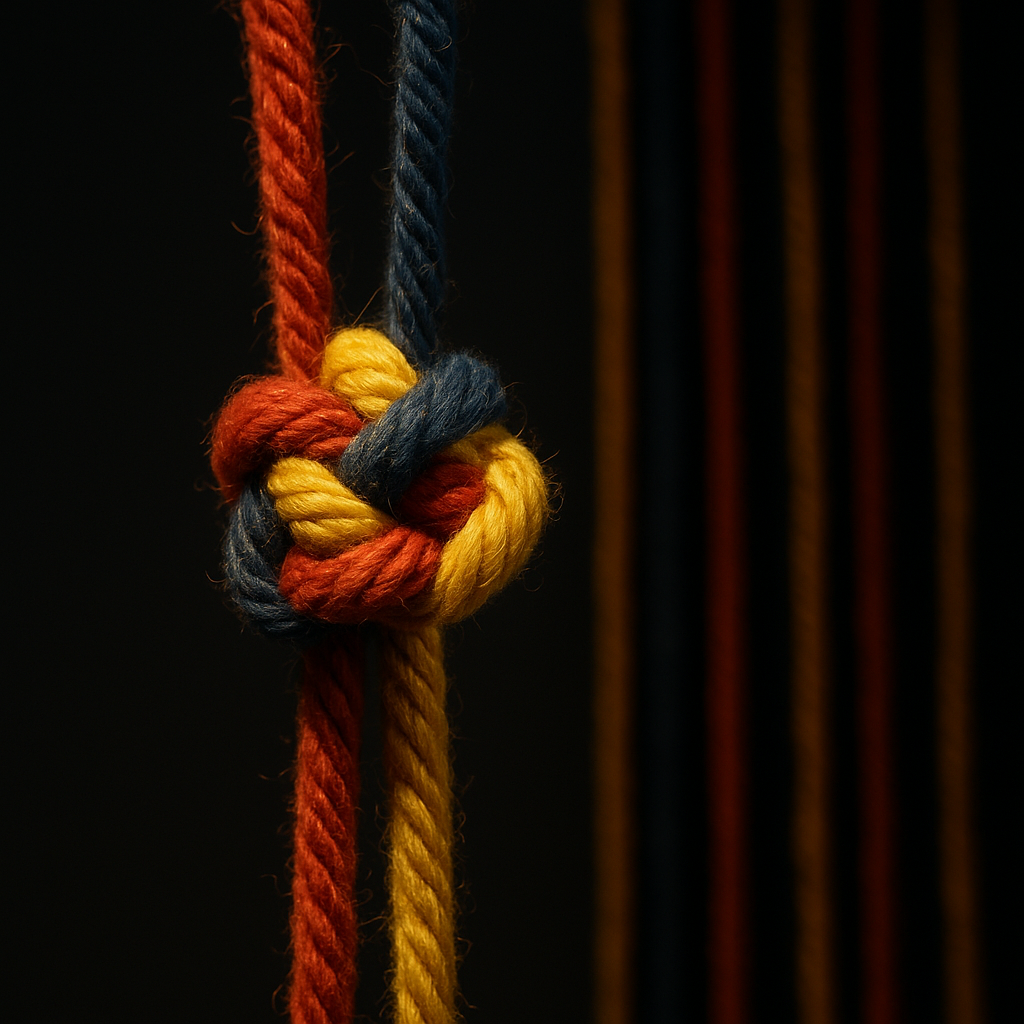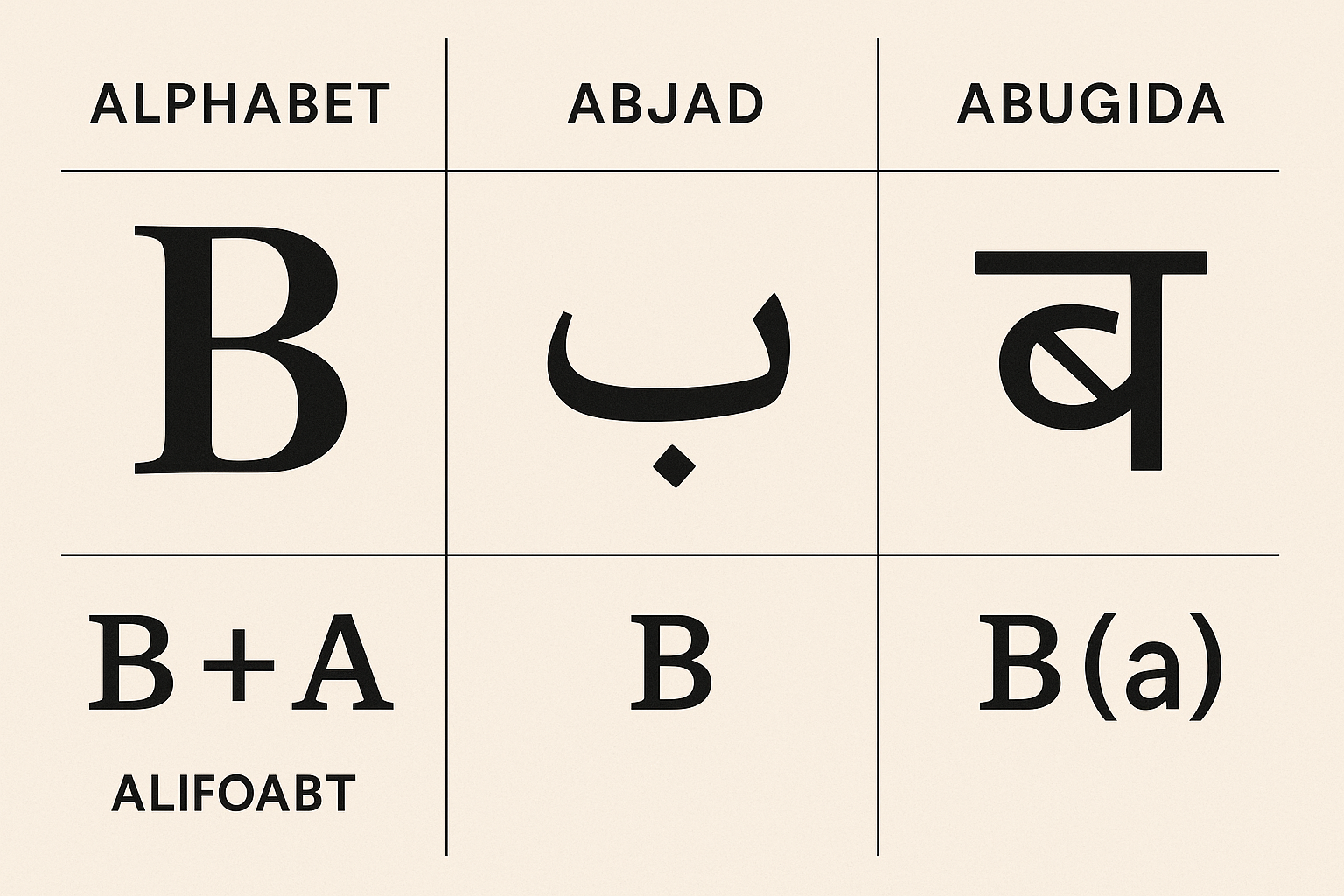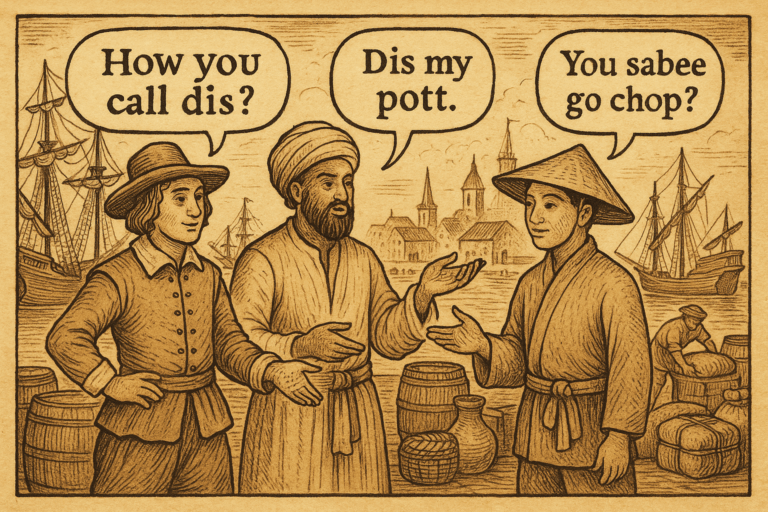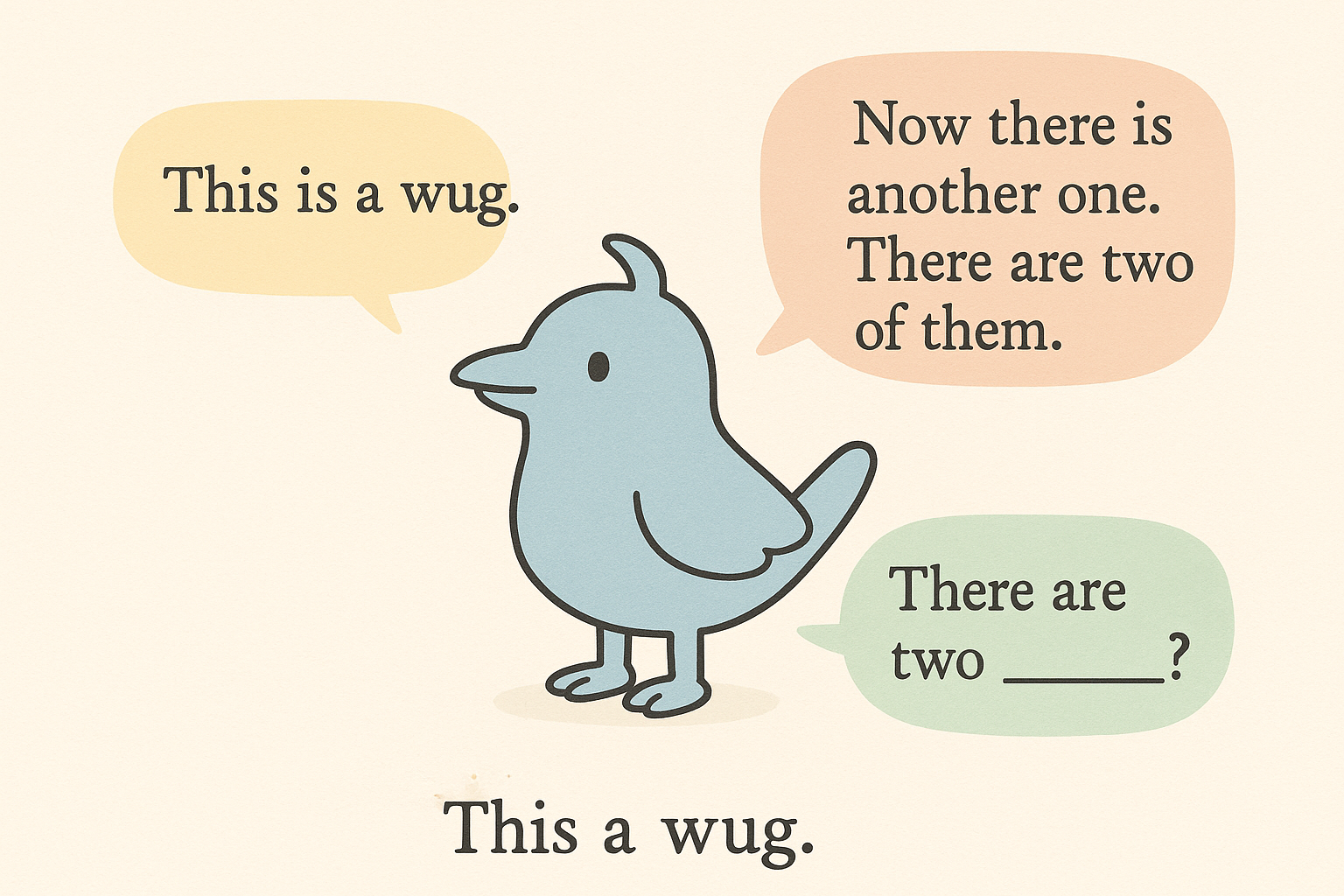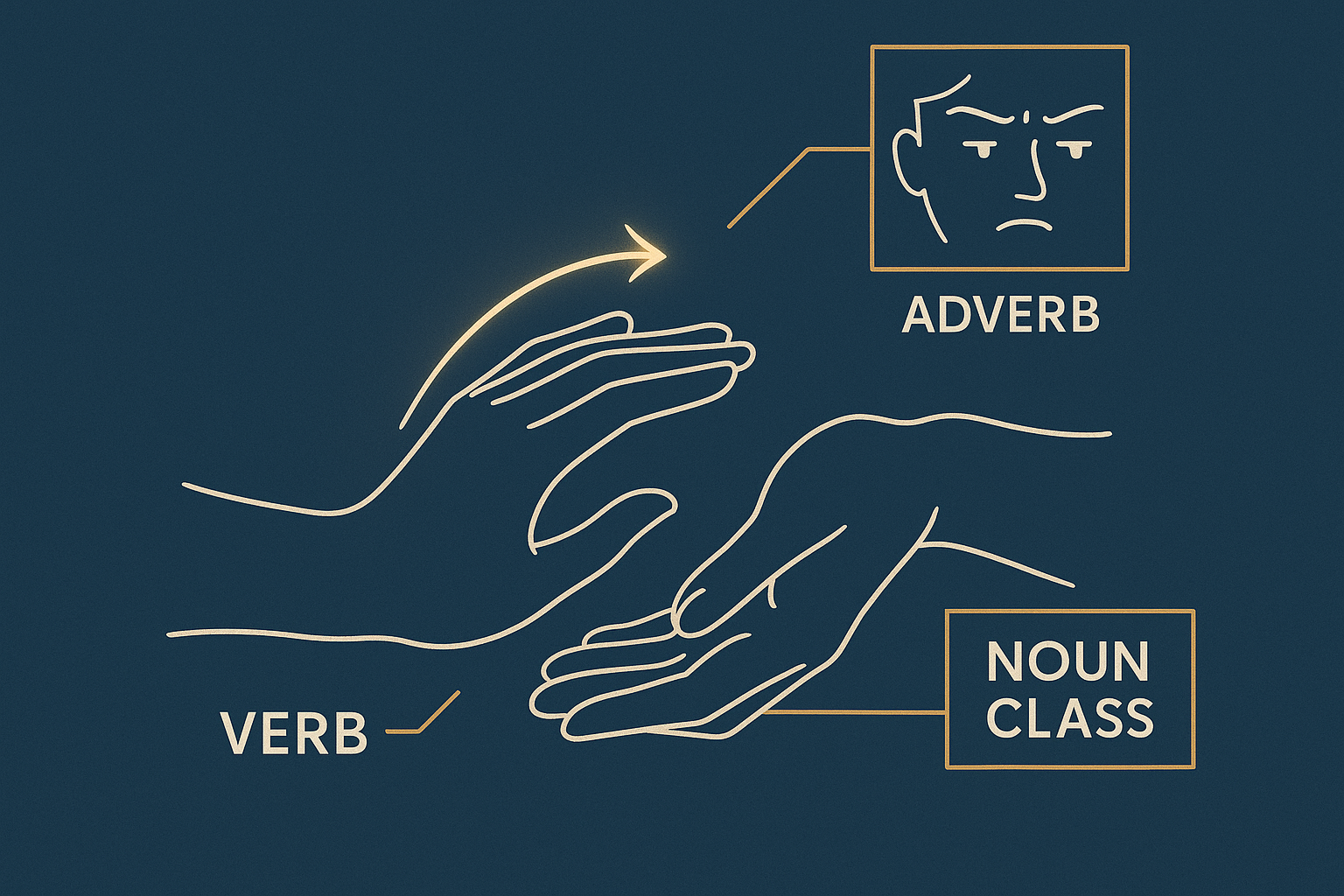Close your eyes and picture the word “writing.” Chances are, you see letters on a page, characters on a screen, or symbols carved in stone. For most of human history, writing has been a two-dimensional affair. But what if it wasn’t? What if a language could be held, felt, and understood through a complex, three-dimensional tapestry of knots and colors? Welcome to the world of the Quipu (also spelled khipu), the astonishingly sophisticated information system of the Inca Empire.
For centuries, the Tawantinsuyu—the vast Inca Empire that stretched along the spine of the Andes—flourished without a writing system as we know it. They built staggering cities like Machu Picchu, engineered thousands of miles of roads, and managed a population of millions, all seemingly without ever putting ink to paper. Their secret lay in these intricate bundles of knotted cords, a system so unique it continues to challenge our very definition of what writing can be.
The Anatomy of a Knot
At first glance, a quipu might look like a colorful, decorative fringe or an elaborate mop head. But each element of its design is packed with potential meaning. A typical quipu consists of:
- A Primary Cord: A thicker, main cord that acts as the backbone, from which all other cords hang.
- Pendant Cords: Thinner cords that hang down from the primary cord. These hold the primary data.
- Subsidiary Cords: Sometimes, cords hang off the pendant cords, representing secondary or related information.
For decades, scholars have understood the quipu’s numerical, or “statistical,” function. The Inca were meticulous accountants, and the quipu was their spreadsheet. The system they used was a base-10 (decimal) system, ingeniously encoded through the position and type of knots.
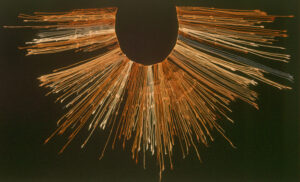
Imagine a single pendant cord.
- Knots at the very bottom represent the ones place (1-9).
- Knots a little higher up represent the tens place.
- Higher still are the hundreds, thousands, and so on.
The type of knot also matters. A simple single knot usually stood for “1,” while a “long knot” could represent numbers 2 through 9 depending on the number of turns within it. A figure-eight knot often signified a specific value as well. The absence of a knot in a position meant “zero.”
Using this system, a khipukamayuq—a highly trained quipu keeper or “knot-maker”—could record census data, tribute obligations, warehouse inventories, and astronomical observations with stunning precision.
More Than Just Numbers: The Search for a Lost Narrative
If the story ended with accounting, the quipu would still be a marvel of pre-industrial data management. But historical accounts from early Spanish chroniclers tell us they were much more. They insist that quipus recorded laws, histories, genealogies, and even poetry. These are what researchers call “narrative quipus,” and they represent the holy grail of Andean studies.
How could knots and colors encode a story? This is the central mystery. Unlike the Rosetta Stone, which provided a parallel text in a known language (Greek) to unlock Egyptian hieroglyphs, we have no definitive “key” to translate a narrative quipu. When the Spanish conquered the Inca Empire in the 16th century, they systematically suppressed indigenous traditions. The khipukamayuqs were persecuted, and the knowledge of how to read narrative quipus was tragically severed, fading into memory within a few generations.
Modern researchers, however, are armed with new tools and theories. One of the leading hypotheses is that quipus functioned as a logosyllabic system, where combinations of features could represent syllables or whole words. The key likely lies in a combination of elements:
-
- Color: Over 24 distinct shades have been identified. Was red for “warrior” or “war”? Was yellow for “maize” or “gold”? Was white for “silver” or “peace”? The meaning was likely context-dependent.
– Fiber Type: Cords were made from cotton or camelid fibers (like alpaca or llama wool), and the choice was almost certainly significant.
- Knot Direction & Ply: Knots can be tied “S” or “Z” style, and the very cords themselves can be spun and plied in different directions. Researcher Gary Urton famously proposed that these binary choices could have formed a 7-bit code, similar to the way computers use 0s and 1s to encode letters and symbols.
Cracking the Code: The Rosetta Stone Problem
The quest to decipher narrative quipus is a massive linguistic detective story. With around 1,000 known quipus surviving in museums and private collections worldwide, researchers have a limited dataset, and most of these artifacts have been divorced from their original archaeological context.
Yet, there have been tantalizing breakthroughs. One promising strategy involves finding pairs: a quipu and a corresponding Spanish colonial document. In a few rare cases, Spanish administrators recorded the contents of a quipu in written form. By matching the numbers and patterns in the quipu to the names and figures in the document, researchers can begin to build a vocabulary of knot-based “words.”
One such project, led by Dr. Sabine Hyland, has focused on a set of 18th-century quipus from the village of San Juan de Collata in Peru. The villagers claimed these were “narratives of warfare” written by their ancestors. Hyland’s analysis suggests the quipus record the names of individuals and their lineages through unique combinations of color, fiber, and ply direction, functioning almost like a heraldic system woven into cord.
A Tactile Language for a Different World
The quipu forces us to fundamentally broaden our understanding of communication and technology. In a world that privileges the visual, it’s a powerful reminder that information can be encoded tactilely and spatially. Reading a quipu would have been a profoundly different sensory experience—running your fingers over the knots, feeling the texture of the fibers, seeing the cascade of colors. It was a language to be held in the hands.
While the full meaning of the narrative quipus remains just beyond our grasp, the code is slowly being cracked. Through painstaking archival work, computational analysis by projects like Harvard’s Khipu Database, and respectful collaboration with Andean communities, we are getting closer to hearing the stories the Inca tied into their cords.
The knots remain tied, for now. But they serve as a beautiful, three-dimensional testament to human ingenuity and the boundless ways we find to tell our stories. They prove that writing doesn’t have to be flat—sometimes, it has a depth you can feel.
